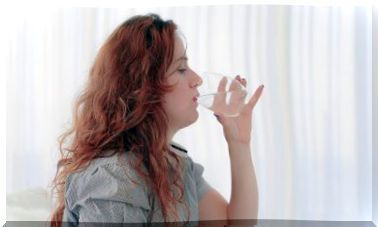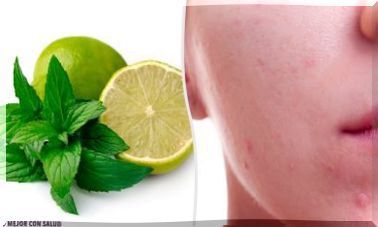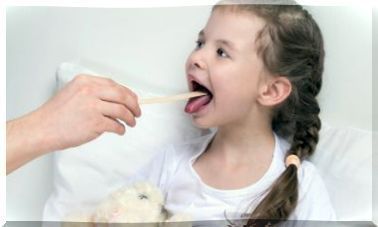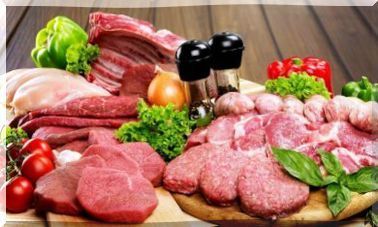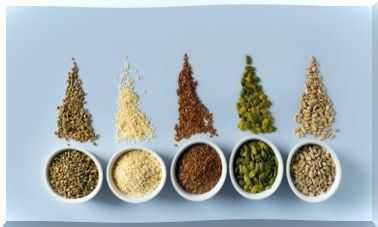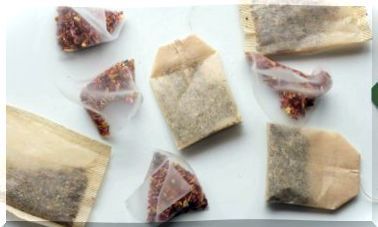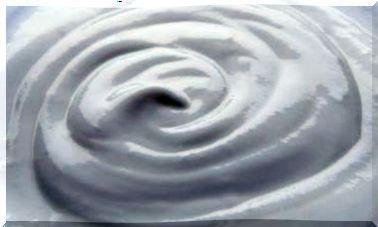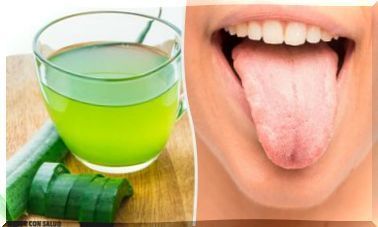4 Basic Tips When Brushing Your Teeth
Although it may seem like a simple task, the truth is that a poor choice of toothpaste or brush can be detrimental to the health of our teeth
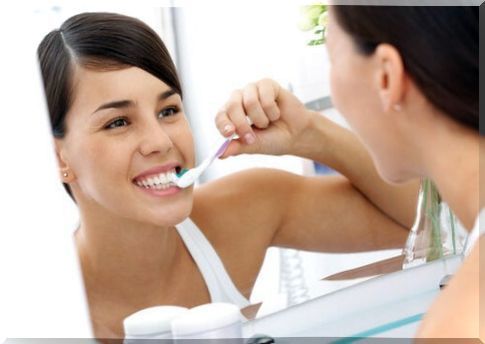
Brushing your teeth seems like a simple task. However, the truth is that you can often make a series of mistakes that can be fatal to maintain good oral hygiene.
Write down these tips that we give you below so that brushing fulfills its objective.
4 Tips when brushing your teeth:
1. Choose your toothbrush well
The toothbrush is not always properly chosen. In fact, this is one of the most serious and fundamental mistakes that is often made.
And it is that, frequently, we opt for those with bristles that are too soft or, on the contrary, too hard.
The same happens when we opt for very large or uncomfortable brushes. All of this will have an impact on the quality of cleaning.
Tips for choosing a good toothbrush
- In the case that your gums are in good condition, the best brushes are medium hardness. In addition, if the brush in question has a long handle and rubber elements, it will be much more comfortable because you can grip it without your hand slipping.
- If you have gum problems or problems related to your tooth enamel then soft bristle brushes will be the best option, something that is also recommended in the case of children under 12 years of age.
- Keep in mind that the optimal length for the toothbrush head is 2 to 3 cm; the height, up to 2 cm; and the width, 1.5 cm, so the best solution will be to opt for a brush with bristles of different textures.
- Also, do not forget that the toothbrush must be changed from time to time, but always on a regular basis: two to three months per toothbrush.
2. Choose the right toothpaste
Toothpaste is another key when it comes to getting a good brushing. You should know that not by putting more will you get a better brushing process.
In fact, it will be enough if you put an amount similar to that of a pea.
To choose the right toothpaste you will have to see what your circumstances are.
- In the event that you have cavities, it is best to choose toothpaste with fluoride.
- If you have dental hypersensitivity you should opt for desensitizing substances. Among the ingredients that your toothpaste should contain are: potassium nitrate, potassium citrate, fluoride and strontium chloride.
- If your gums tend to bleed, antibacterial toothpastes will be the best solution. Go for those with chlorhexidine or triclosan.
Herbal extracts such as echinacea and calendula can also be of great help. Of course, keep in mind that these types of pastes should not be used for more than three weeks in a row.
3. Basic brushing rules
To brush your teeth properly you need to follow some basic rules:
- One of the main mistakes that is usually made is to make linear movements, which go from right to left. With these all you have to do is put the dental plaque in the holes between the teeth.
The front teeth should be brushed from top to bottom and not to the side.
- On the other hand, you don’t have to brush your teeth right after eating, but 30 minutes later. The reason is that the enamel in the moment after having eaten becomes more sensitive and it is better to do it after a while.
- Brushing your teeth should last at least 3 minutes, the brush should be held at a 45 degree angle towards the teeth and gums.
- You will first have to brush the front teeth and then move towards the molars.
- We will brush the bottom teeth from the bottom up. Those from above, from top to bottom and the grinding wheels with circular movements.
- When you are already rinsing your mouth, clean your tongue with the bristles of the brush.
4. Don’t forget to floss
Flossing will be one of your great allies, so don’t forget to complete your brushing with it. And is that cleaning the spaces between the teeth will help prevent the formation of dental plaque and strengthen the gums.
The order will be as follows: first, brush your teeth with the brush, and then floss through the gaps. In this way, you will ensure that there is no food left in your teeth.
